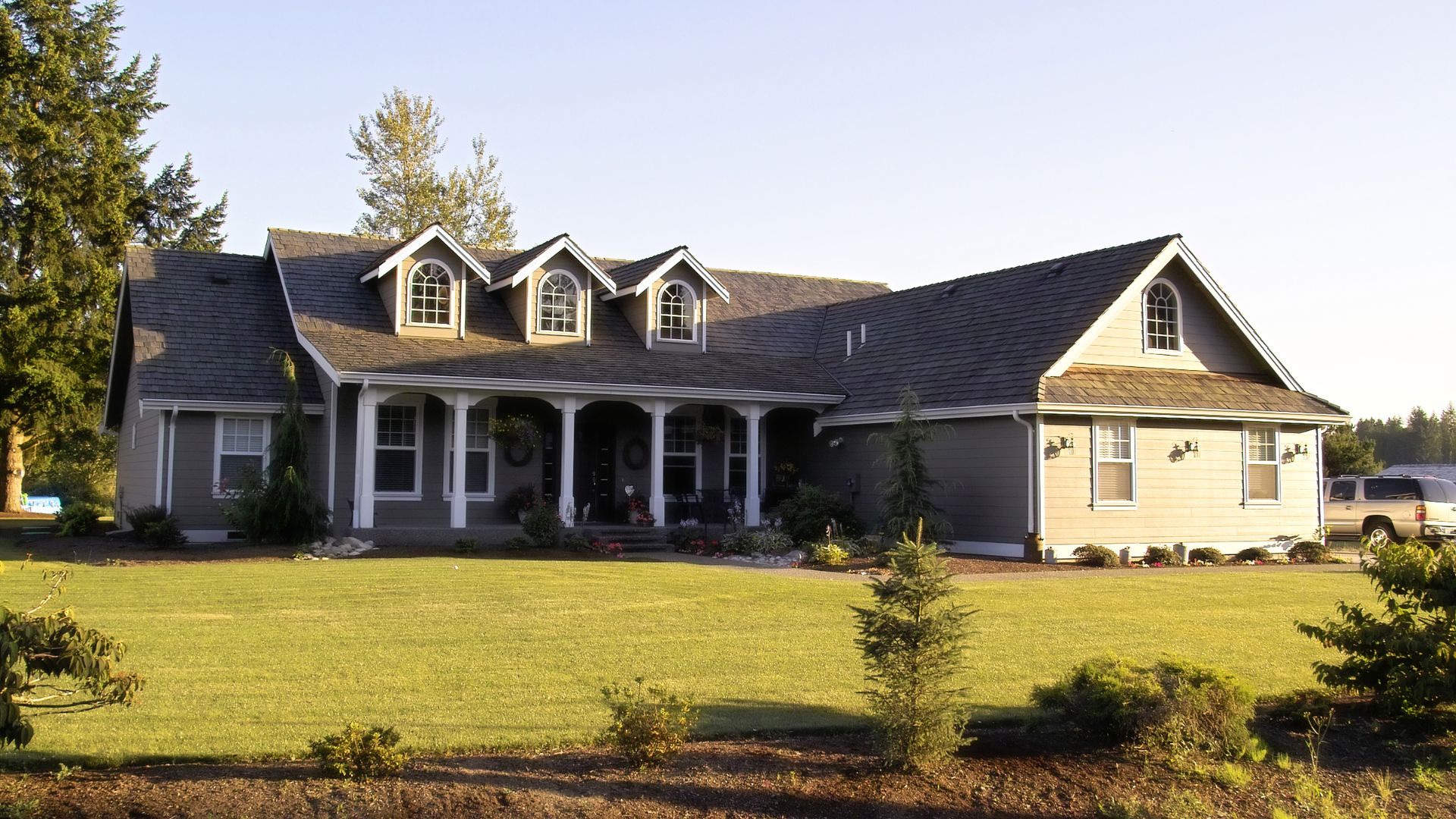Strong population growth has contributed to accelerating demand for housing in Saskatoon in recent years, driving the value of residential properties to new highs, and surpassing previous peak levels reached in 2015. Between 1994 and 2024, the average home price in the city rose nearly 378 per cent, with an annual compounded growth rate of 5.35 per cent, making it one of Canada’s top-performing housing markets.
Despite solid growth, affordability remains a key strength drawing local purchasers and those from further afield, as the average home price hovered just under $390,000 at year-end 2024. As a result, the city’s population grew from 220,002 in 1994 to almost 370,000 in 2024, according to Statistics Canada, buoyed by immigration and in-migration from smaller Saskatchewan towns and neighbouring provinces. While the rapid expansion served to fill job vacancies, it has also placed greater strain on the city’s housing supply. In response, the municipality has rezoned several areas to support higher-density development both within the city and on its outskirts. The willingness and ability to actively prioritize new housing construction and fast-track zoning and approvals has been an important differentiator that sets Saskatoon apart from other major markets. This, combined with an abundance of surrounding land, has the city well-positioned for further growth.
While skilled trade shortages persist, homebuilders are working to meet demand. Construction includes single-family homes in the suburbs and lower density rental housing such as quadplexes in urban areas. Local buyers are most active in established core neighbourhoods, while investors increasingly target older homes on 50ft. lots for demolition and lot splitting to create two, 25ft. wide single-family properties, often with rental suites to help offset mortgage costs. New builds with secondary suites are popular and increasingly common, as builders adapt to the evolving needs of younger buyers.
Despite some economic softening amid recent headwinds — including U.S. tariffs on agricultural products such as canola — housing demand remains resilient. First-time buyers, downsizing retirees and empty nesters are all active in the market, often competing for the same properties and increasingly driving multiple-offer situations. For some, challenges and obstacles to home ownership — from high interest rates, stress tests, saving for a down payment or helping grown kids gain a foothold — are realities that can prevent or delay the ability to make a move. In many cases, downsizing parents and grandparents continue to step in to bridge the gaps through gifts or transfer of wealth.
Saskatoon’s housing market has demonstrated remarkable stability over the past 30 years, with a few notable exceptions. The 2007 commodity boom and Covid run-up of the early 2020s, fueled by both immigration and interprovincial migration, marked periods of rapid growth. From 2004 to 2014, home prices rose by nearly 10 per cent annually before a sharp correction in 2015-2016, as the energy crisis significantly impacted the local and provincial economies.
Looking ahead, a strong economic outlook — particularly in the province’s mining and technology sectors — is expected to support continued home-buying activity. Saskatchewan recorded the second-highest GDP growth in the country at 3.4 per cent from 2023 to 2024, significantly outpacing the national average of 1.6 per cent. The province’s latest budget provides some new support for individuals and households, introducing tax relief measures including higher personal exemptions and a $500 supplement for seniors. Although growth may slow in 2025, limited exposure to US tariffs positions the province to outperform many other regions — a factor that will further reinforce the city’s desirability and set the stage for continued growth amidst housing market resilience.






